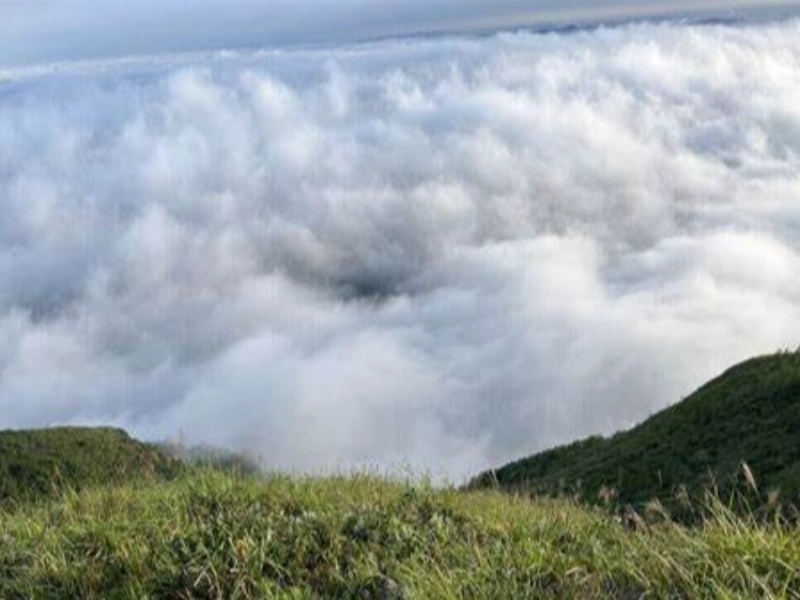Vortex Clouds: The Mysterious Whirlwinds in the Sky
3. Types of Vortex Clouds

There are various forms of vortex clouds, each with unique traits and creation mechanisms. Among the most often occurring forms are waterspouts, funnel clouds, and tornadoes. Though each of these forms has special qualities, they all show a whirl motion.
Often the first stage in a tornado's development are funnel clouds. Rapidly rotating, they seem like a cone-shaped cloud rising from a thunderstorm base. Although funnel clouds seldom touch the earth, they suggest that, should they descend farther, a tornado might develop. To evaluate the possibility of severe storms, meteorologists track funnel clouds very attentively.
The most strong kind of vortex cloud, tornadoes are distinguished by their destructive force. These clouds can wre havoc from the base of a thunderstorm down to the ground. Based on wind speed and damage, tornadoes fall on the Enhanced Fujita Scale, which runs EF0 (weakest) to EF5 ( strongest). Among the most powerful forces in nature, a tornado's whirling winds can reach around three hundred miles per hour.
Another amazing sort of vortex cloud that develops over water are waterspouts. Though they live in marine surroundings, they resemble tornadoes. Because they can generate strong gusts and heavy rain, waterspouts can be hazardous for boats and coastal communities. Though they usually do not stay as long or show the same degree of destruction, waterspouts can grow from thunderstorms, much as tornadoes.
One such kind of vortex cloud deserving of discussion is the dust devil. Usually weaker than tornadoes, dust devils develop on clear, hot days. They happen when fast rising hot air forms a spinning column of air picking up trash and dust. Though relatively benign compared to other vortex clouds, dust devils can be rather fascinating to view.
Vortex clouds, then, cover a range of forms including funnel clouds, tornadoes, waterspouts, and dust devils. Every kind has unique qualities and possible effects, which makes them significant meteorological subjects of research. Knowing these several forms helps scientists and meteorologists more precisely forecast major storms.
Advertisement
You May Like

